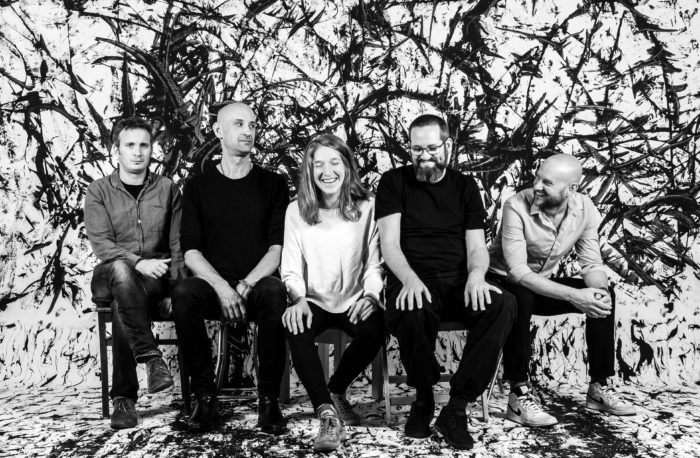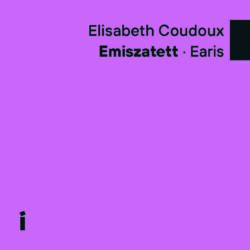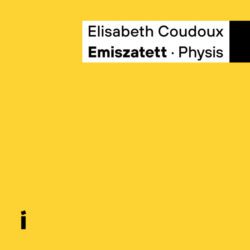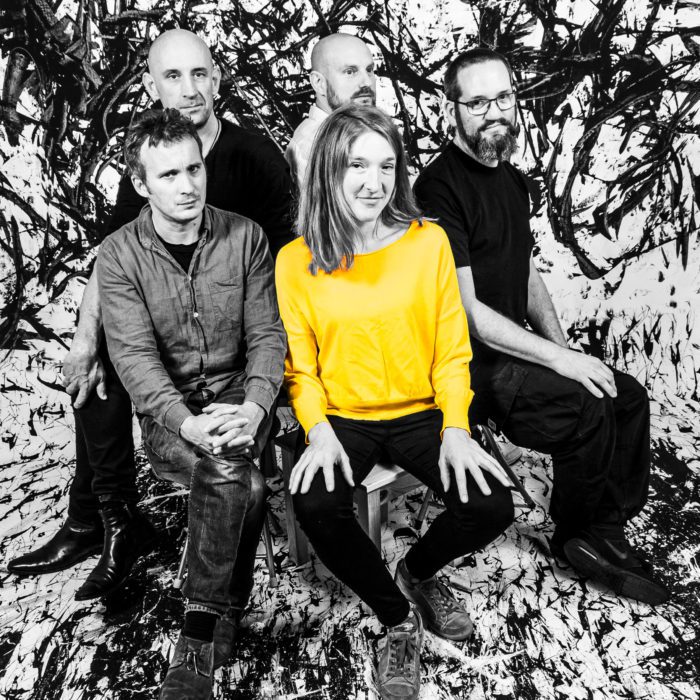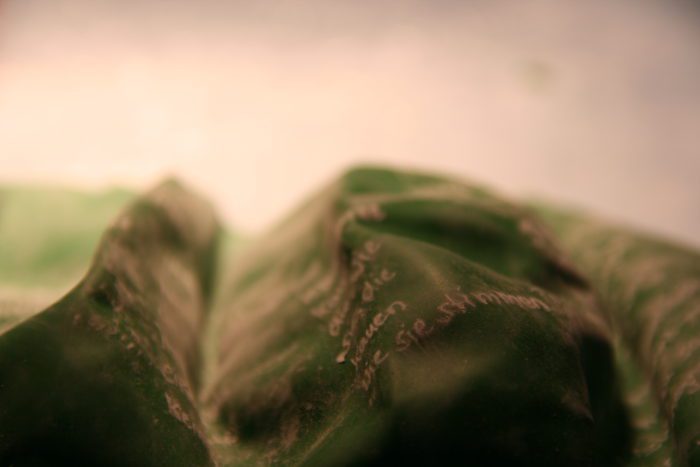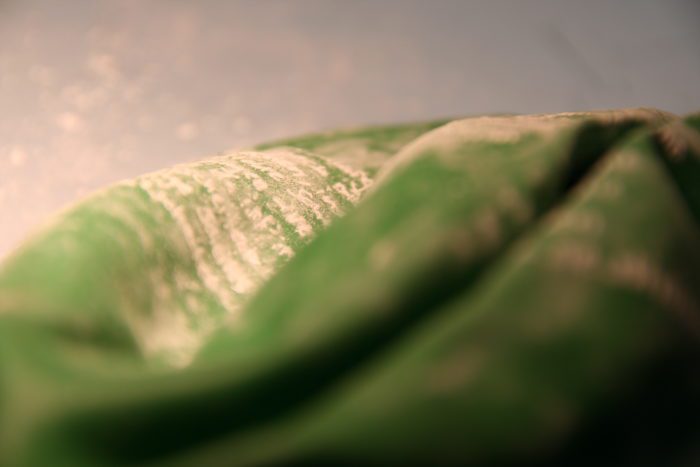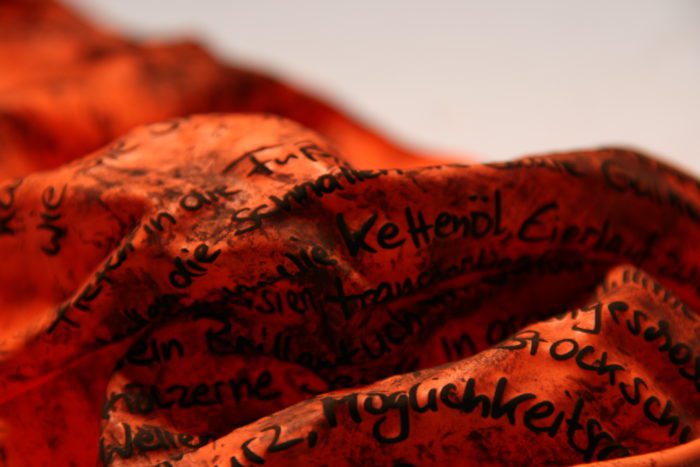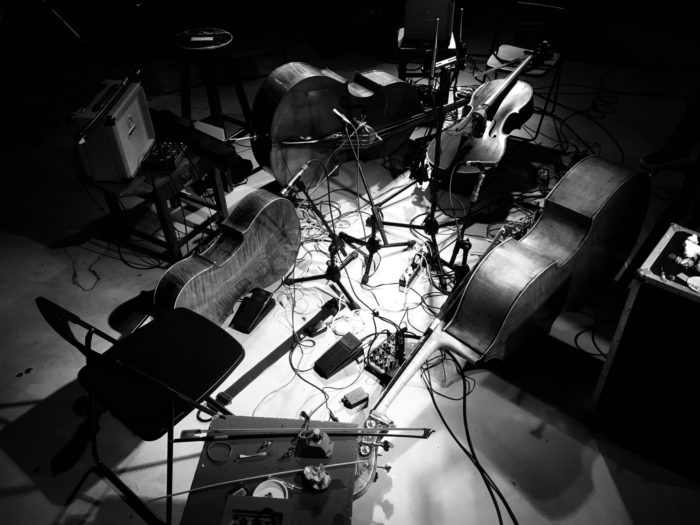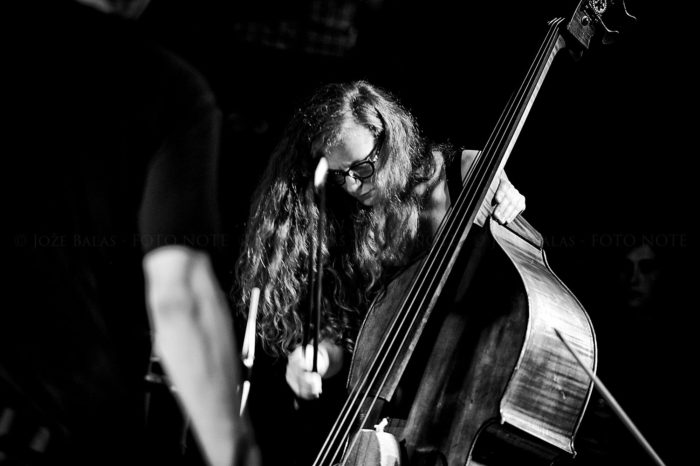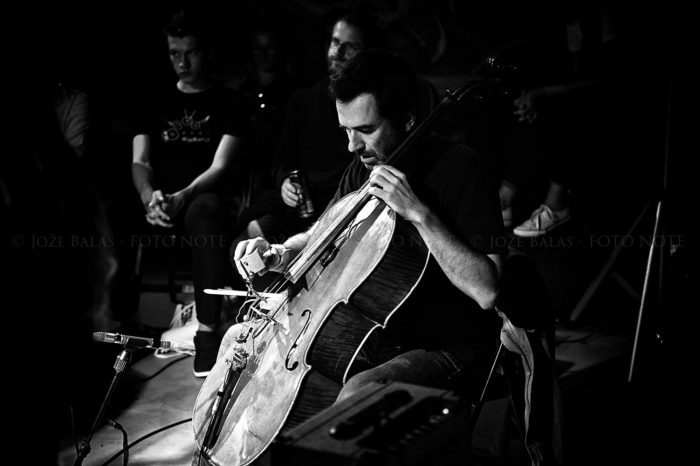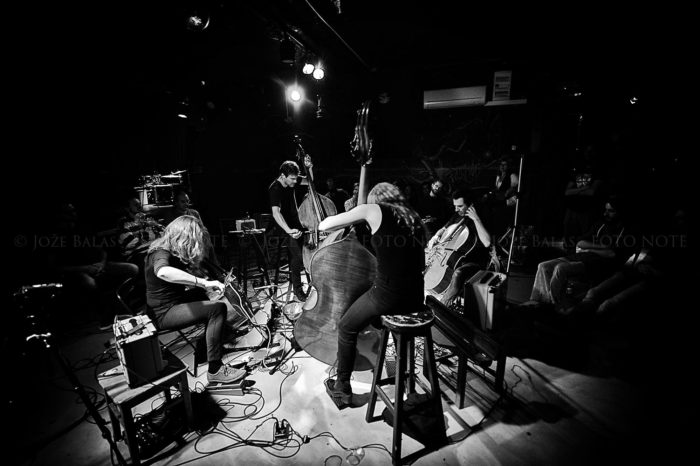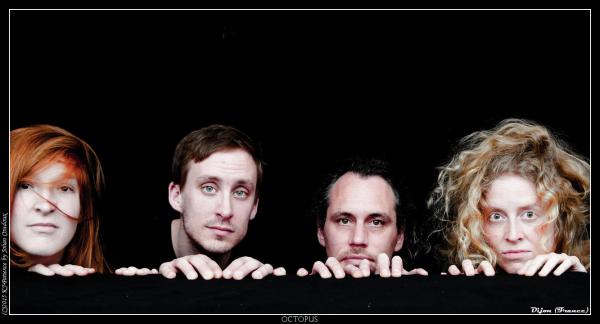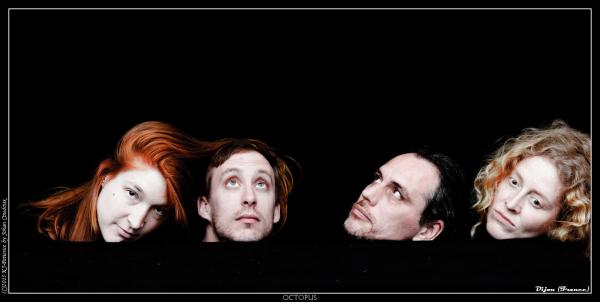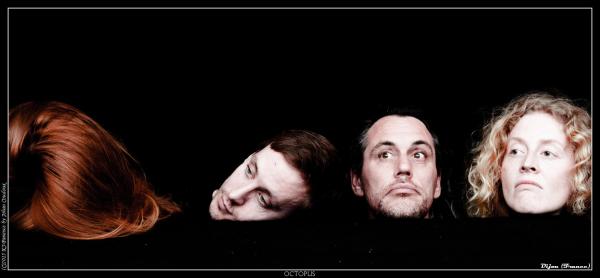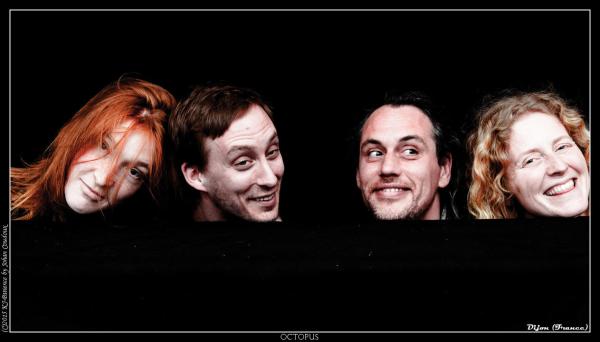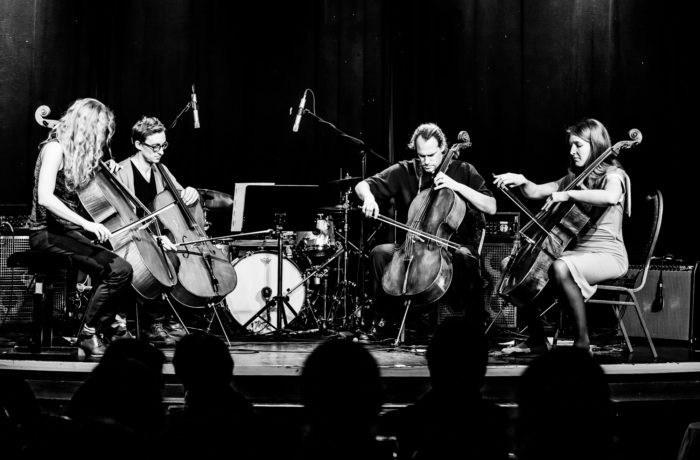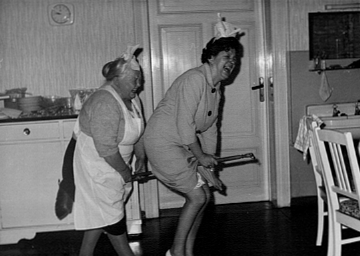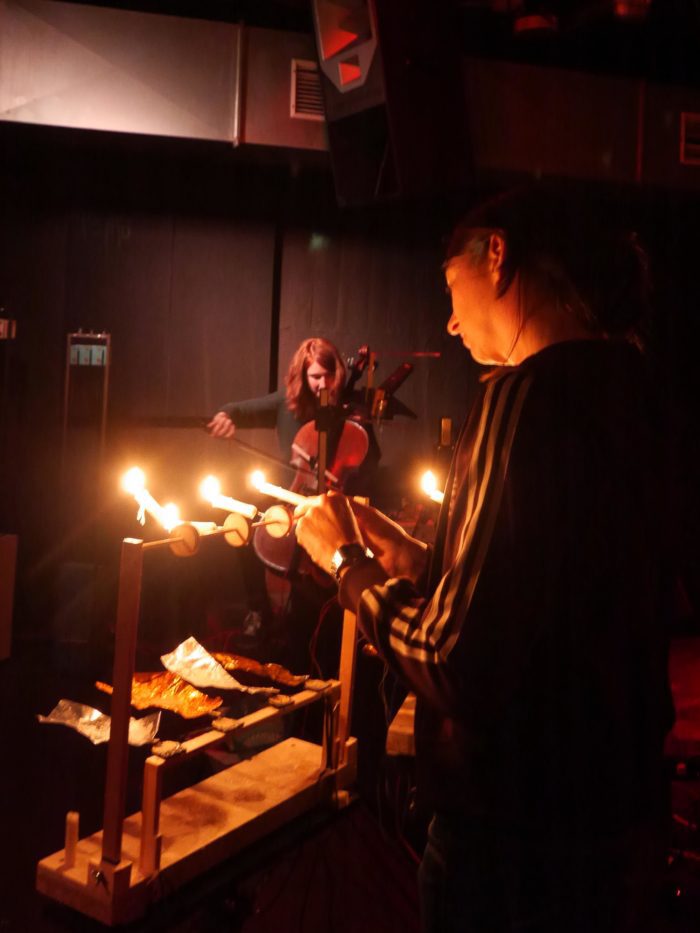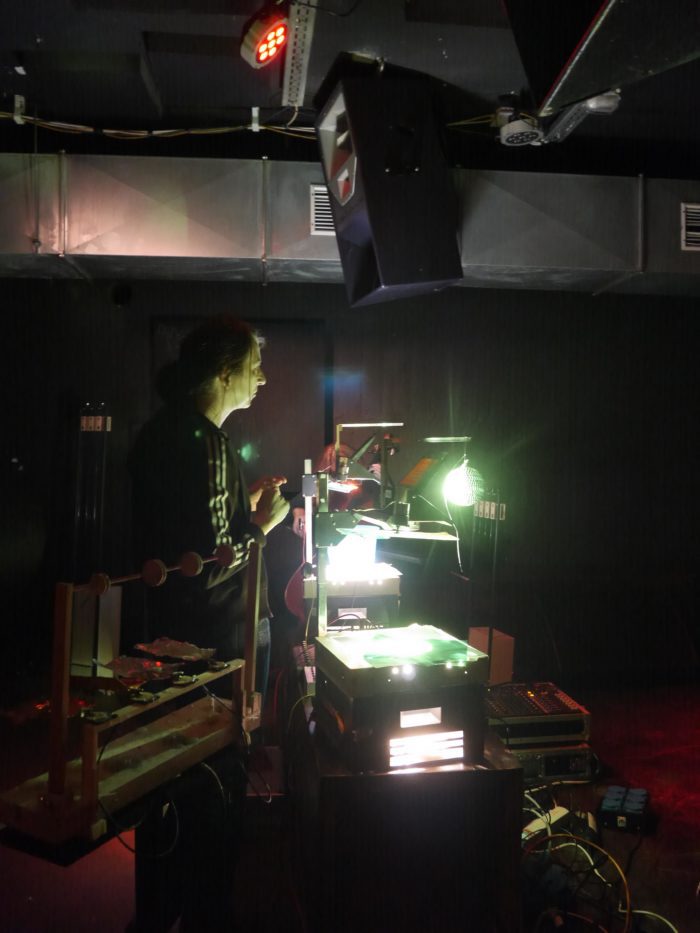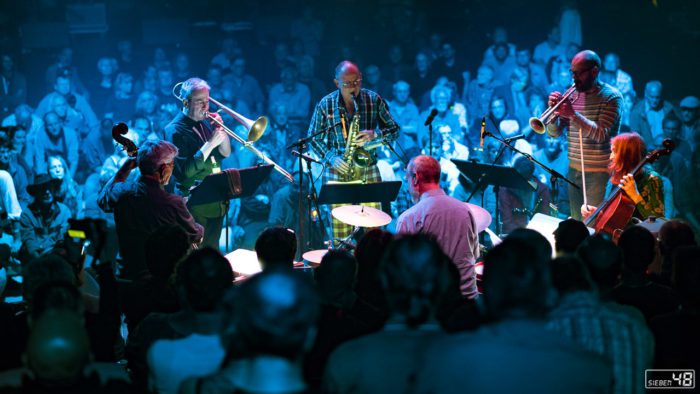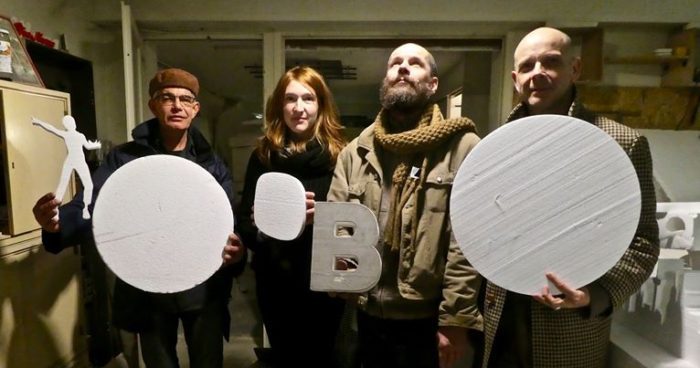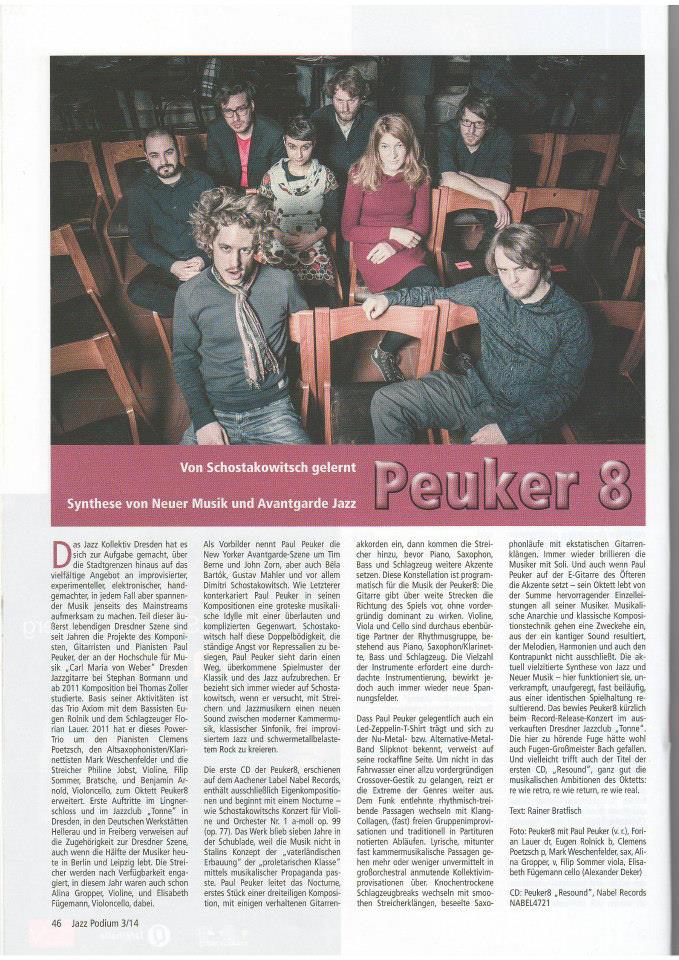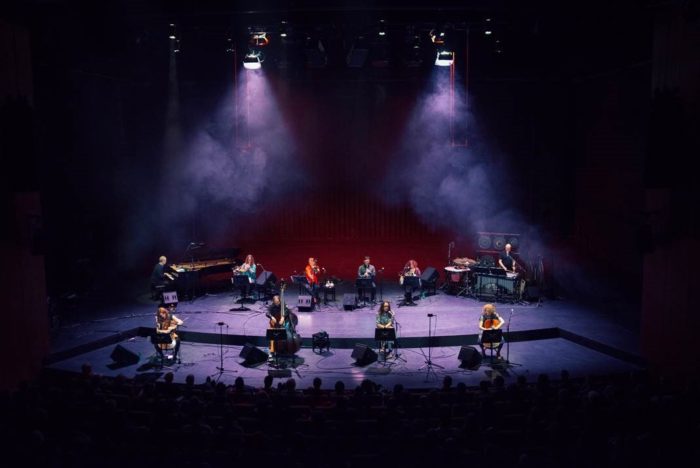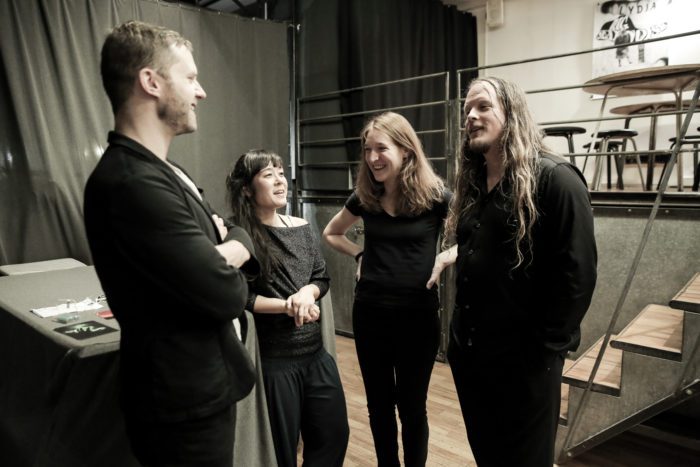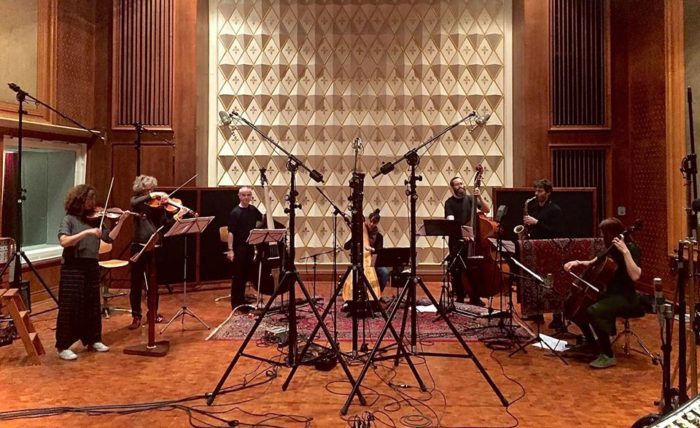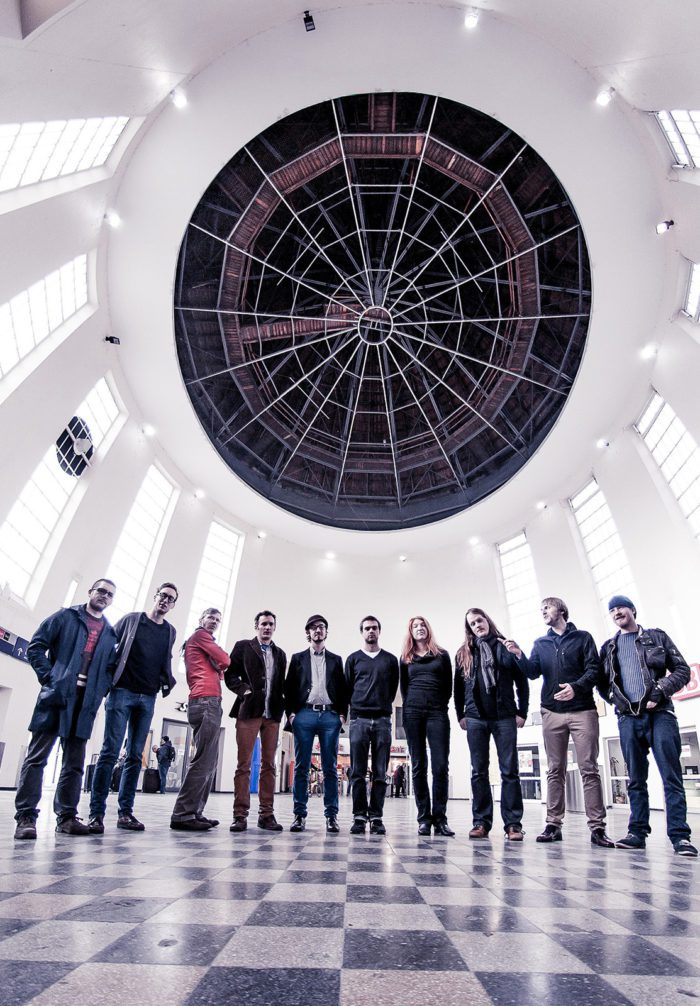please contact me if you like to have a compact disk! 😉
Thanks to Tina for the artwork!
Thanks to Kevin Whitehead for liner notes:
“Few things make me roll my eyes faster than reading about how some brave soul is now making creative music on cello, as if no one (except, maybe, Oscar Pettiford in the 1950s) had ever dared such a thing. Never mind Fred Katz, Maxine Gregg, David Darling, David Eyges, Abdul Wadud, Tom Cora, Muneer B. Fennell aka Muneer Abdul Fataah, Diedre Murray, Tristan Honsinger, Ernst Reijseger, Akua Dixon, Hank Roberts, Rufus Cappadocia, Tomas Ulrich, Peggy Lee, Laura Culver, Didier Petit, Jean-Charles Capon, Fred Lonberg-Holm, Jane Scarpantoni, Michelle Kinney, Alex Waterman, Vincent Courtois, Dana Leong, Okkyung Lee, Tomeka Reid… we could keep going awhile, but you get the idea. (And don’t forget the cello-doubling bassists: Harry Babasin, Ray Brown, Ron Carter, Sam Jones, Keter Betts, Percy Heath, Dave Holland, Peter Warren, Matthew Brubeck, Paolo Damiani.…)
The challenge, in 2016, isn’t how to go about improvising on cello. It’s how to stake out your own territory on an instrument that’s been integral to creative music since the 1970s, when Abdul Wadud began grinding out blues lines behind Julius Hemphill.
Elisabeth Coudoux shows how it’s done on some poems, showing off her own distinct voice on cello. She tells her own stories—or her own story, in the sense that every improviser’s personal style betrays the life experience behind it. From her sheer technique, you’d correctly surmise long classical training. But she also shows a readiness to go her own way(s). Sometimes her ability set up and sustain distinct figures in different rhythms and registers suggests the multi-strand solo music of saxophonist Evan Parker: Another tradition reveals itself.
Born in 1985, Coudoux had arrived at the Carl Maria von Weber conservatory in Dresden in 2003 as a classical cellist with a taste for new music. While there she first heard the kinds of players mentioned in the first paragraph, and Coudoux wound up writing her thesis on the jazz cello, from the first exponents to Fred Katz’s sterling work in the ’50s, to the likes of Muneer, Reijseger and Courtois. She liked how the instrument keeps turning up in unconventional situations within jazz and free music. (Just having cello made a setting unconventional.) She’s maintained a dual perspective ever since, on cello as vehicle for both written and extemporized new music. She’s played in a few ensembles that blur the line, like Zeitkratzer and her own quintett Emißatett.
After Dresden, Coudoux continued exploring the practice of improvising on cello at the Hochschule für Musik und Tanz in Cologne, where she is still based. There she studied with among others saxophonist Frank Gratkowski and bassist Dieter Manderscheid (whom she still works with), and workshopped with Reijseger and others.
“I found my way to contemporary music from Xenakis, Georg Friedrich Haas, Michael Jarrell, and a lot of other composers who worked on getting different sounds from stringed instruments,” Coudoux says. “And while I was researching my thesis, I got in touch with the younger cellist Stephan Braun, living in Berlin, who’s worked on playing fast jazz lines in the thumb position, really rhythmical stuff. Another improvising cellist I like very much is Albert Márkos from Hungary, because he really developed his own style, really abstract, fast and noisy. I play in an improvising cello quartet—The Octopus with Nora Krahl, Hugues Vincent and Nathan Bontrager, who have our own CD coming out on Leo—and once when we played in Berlin, Tristan Honsinger had just finished a concert next door, and we invited him to join us for a set: very impulsive individual improviser!”
Still, alluring as those (and other) role models may be, as we mentioned Coudoux found her own approach, and brings to this solo music an engaging mix of material. Only a couple of pieces on some poems are pure free improvisations, “a faint voice” and “besets.” For “within a sounding body,” “only time no changes” and “in a swaying ship,” she had a general idea or specific material in mind before she started. In that last case, the evocative title came before recording the final version, with its creaking rigging, and the ominous sound of cargo shifting in the hold. (You may have noticed that the titles, taken together, form a poem.) In jazz talk, ‘time, no changes’ usually refers to, say, mid-’60s Miles Davis, but Coudoux’s piece is about… something else. It may put you in mind of a subway train you can hear coming late at night that never appears. Or perhaps a leaking clarinet.
Other pieces she calls “structured compositions.” Coudoux says, “When I was working on the material for ‘me’ in my rehearsal room, I discovered it might be good to sing a few notes, and then I wrote it out as a score. On ‘found not’ every sound is written, but it took me years to figure out what to do with the material.” For “in sounding bodies” she wrote out a roadmap to follow from one “loop” to the next but advances at her own pace.
Improvising or composing, she avails herself of Anthony Braxton’s durable wisdom, concerning solo concerts: give each piece its own topic or area to investigate, so everything doesn’t sound the same. Thus “besets” is about pitch swarms and sliding overtones—“The cello is totally out of tune,” she notes—and “shaken boundary conditions” is mostly sotto voce, as if cello is heard at a distance.
Coudoux also builds in variety by using alternate tunings most of the time; she only tunes to a standard C G D A for “a faint voice,” “knut” and “me.” On “in sounding bodies” for example the strings are tuned Ab D G Bb. You might think that she’s retuning on the fly here and there on that piece, playing double stops where one note stays steady and the other curves away, but she does all that on the fingerboard—a complex move she’d picked up in a workshop with new-music bassist Stefano Scodanibbio.
Elisabeth Coudoux can really get the overtones moving with a bow, as on “knut.” The longest track here, “in sounding bodies,” is her tour de force: an intensely rhythmic piece that is always changing and always the same, to cite an old description of minimalism. (It’s the only music I know that evokes the ’60s Steve Reich of Violin Phase and the ’70s Reich of Tehilllim.) The pulse is more or less constant, but every other parameter keeps changing, as the texture thickens and thins, and “feedbacky” overtones are set a-humming. Her arco control is subtle and precise even as the bow seems to have a will and momentum of its own.
The room she recorded in—a modern church with a high ceiling and suspended wooden panels—really brings those overtones to life. In other settings Coudoux couples her cello to electronics, but here the music is purely acoustic, save on “within a sounding body,” which she developed with sound artist Tina Tonagel. A “bodyshaker”—a small, intensely vibrating subwoofer—was placed at the back of the cello, amplifying the only radio station that came through clearly on site, by chance serving up thumping disco at the time of recording.
“It’s a game, to play with that,” Coudoux says, adding that this leakage is also a comment on the ubiquity of feel-good pop music in public spaces these days. Faint as it is, that disco sounds particularly incongruous in this context, a missive from a world of sound far removed from the singular one Elisabeth Coudoux creates with this exceptional program.”
–Kevin Whitehead
author of Why Jazz? A Concise Guide (Oxford)/Warum Jazz?: 111 gute Gründe (Reclam)

